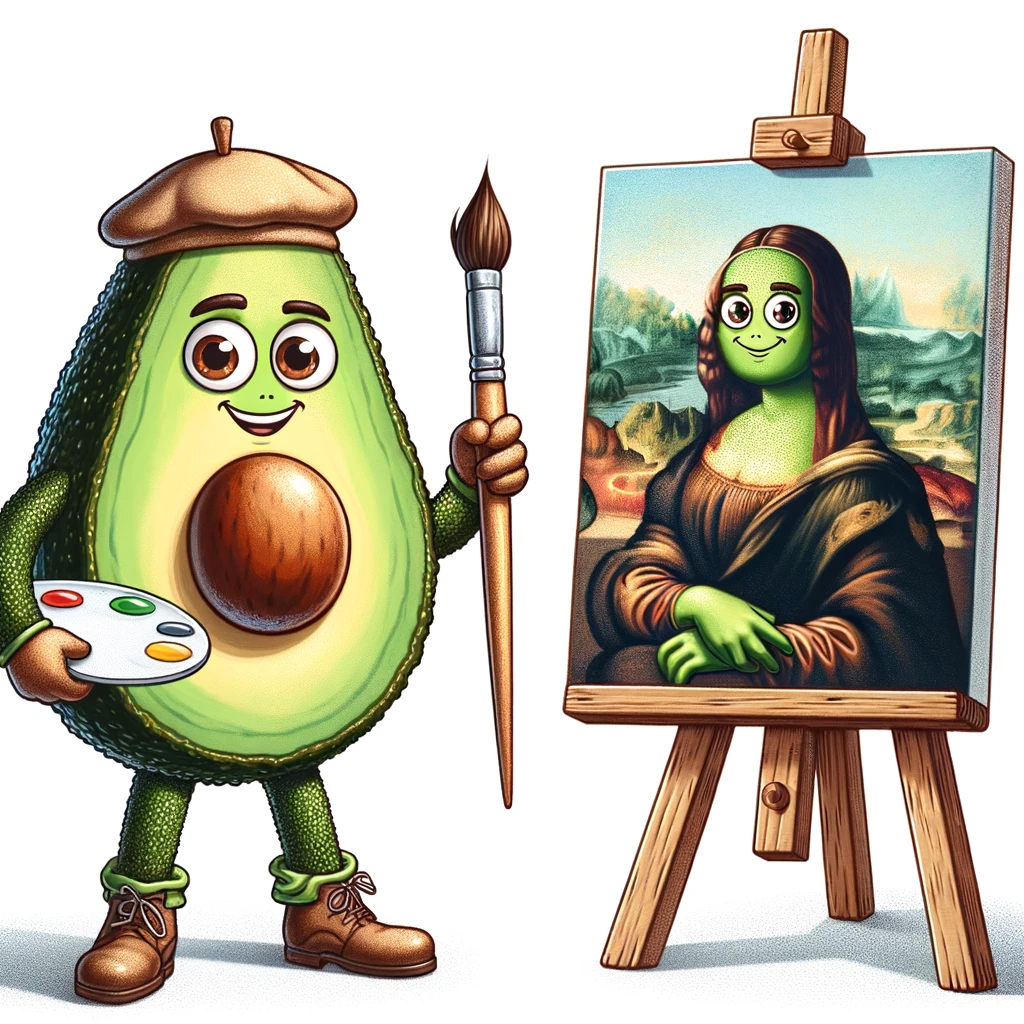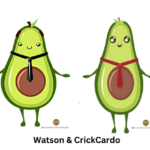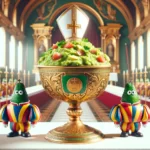Once upon a time, in the lush and verdant hills of Avocadia, there lived an extraordinarily talented artist known as Leonardo DaCardo. Unlike your average avocado, Leonardo was a visionary with a penchant for creating masterpieces that would make even the ripest of avocados green with envy. His fame spread far and wide, not just because he was the only avocado who could wield a paintbrush, but because his art had a certain je ne sais guac—a quality that left everyone wanting more.
Leonardo’s studio was a humble little pit in the ground, lined with the finest canvas leaves and stocked with the richest pigments squeezed from only the freshest produce. He spent his days pondering the mysteries of the avocado world, all while sketching out his ideas for inventions like the “Guac-chopper” (a device to pit avocados faster) and the “Pitcasso” (a tool for avocado seed carving). But despite his many talents, there was one masterpiece that had eluded him—a portrait that would capture the essence of avocadoness in all its creamy glory.
One sunny afternoon, while munching on a particularly buttery batch of guacamole, inspiration struck Leonardo like a seed to the head. He would create a portrait so iconic, so enigmatic, that it would leave all who gazed upon it in awe. But who could be his muse? Who could embody the perfect balance of ripeness, smoothness, and a hint of nuttiness? The answer was as clear as avocado oil: Mona Cardo.
Mona Cardo was the toast of Avocadia. With her flawless green complexion, slightly textured skin, and a smile that was as mysterious as it was alluring, she was the talk of the town. Some said her smile held the secrets of the perfect guac, while others believed it was just a sign that she knew exactly when to be sliced and served. Regardless, she was the only avocado who could truly be the face—or rather, the fruit—of Leonardo’s magnum opus.
The day Mona Cardo arrived at Leonardo’s studio, the air was thick with anticipation. As she took her place on the plush avocado-cushioned seat, Leonardo knew this was his moment. He carefully positioned his easel, dipped his brush into a palette of rich greens and buttery yellows, and began to paint. Hours turned into days, and days into weeks, as Leonardo meticulously captured every curve, every dimple, and every nuanced shade of green that made Mona Cardo the perfect avocado.
Finally, after what seemed like an eternity, Leonardo stepped back to admire his work. There she was, the MonaCardo, staring back at him from the canvas with that famously subtle, semi-smiling expression. The portrait was nothing short of perfection—a true testament to the artistry and craftsmanship of Leonardo DaCardo. Word of the masterpiece spread like wildfire, and soon avocados from all corners of the grove flocked to see the painting that would go down in history.
Today, the MonaCardo hangs proudly in the Grand Museum of Avocadia, where visitors from far and wide come to admire its beauty and ponder the eternal question: Was she smiling because she knew the secret to the perfect guacamole, or was she simply delighted to be immortalized by the great Leonardo DaCardo? No one knows for sure, but one thing is certain—Leonardo’s legacy as the greatest avocado artist in history is forever ripe in our hearts.
And so, dear readers, the next time you slice into a perfectly ripe avocado, take a moment to appreciate the artistry that goes into every creamy bite. For you never know when inspiration might strike, and who knows—you might just create the next MonaCardo!



